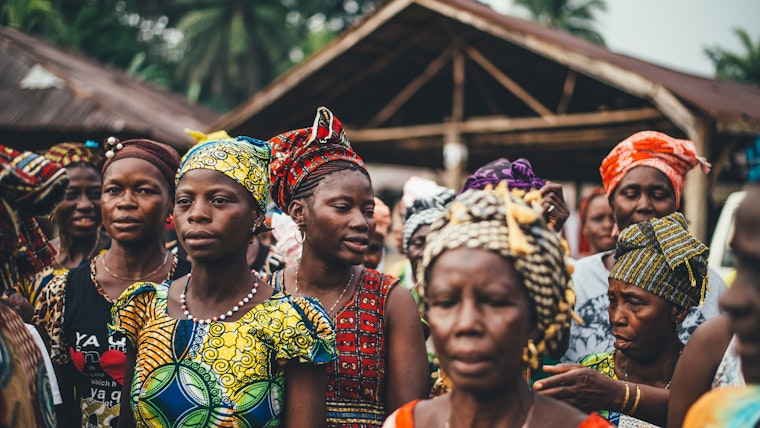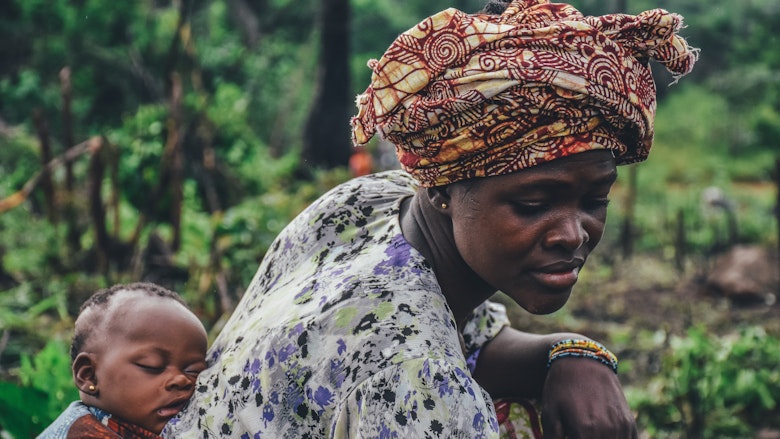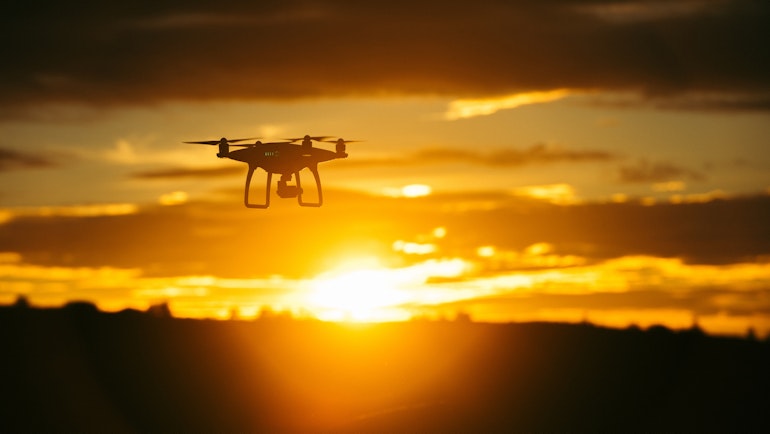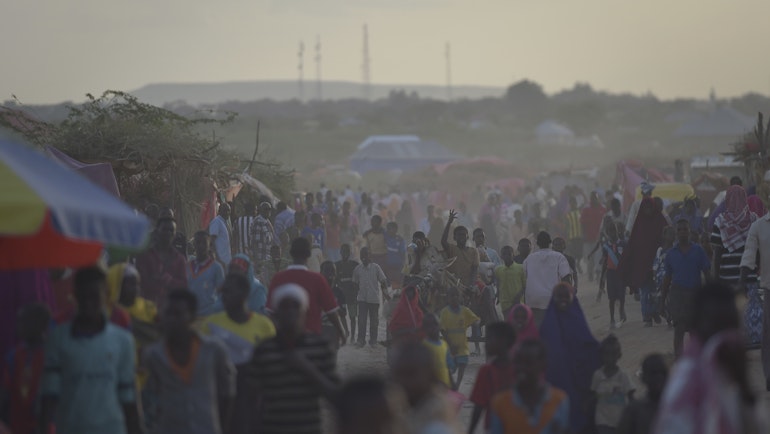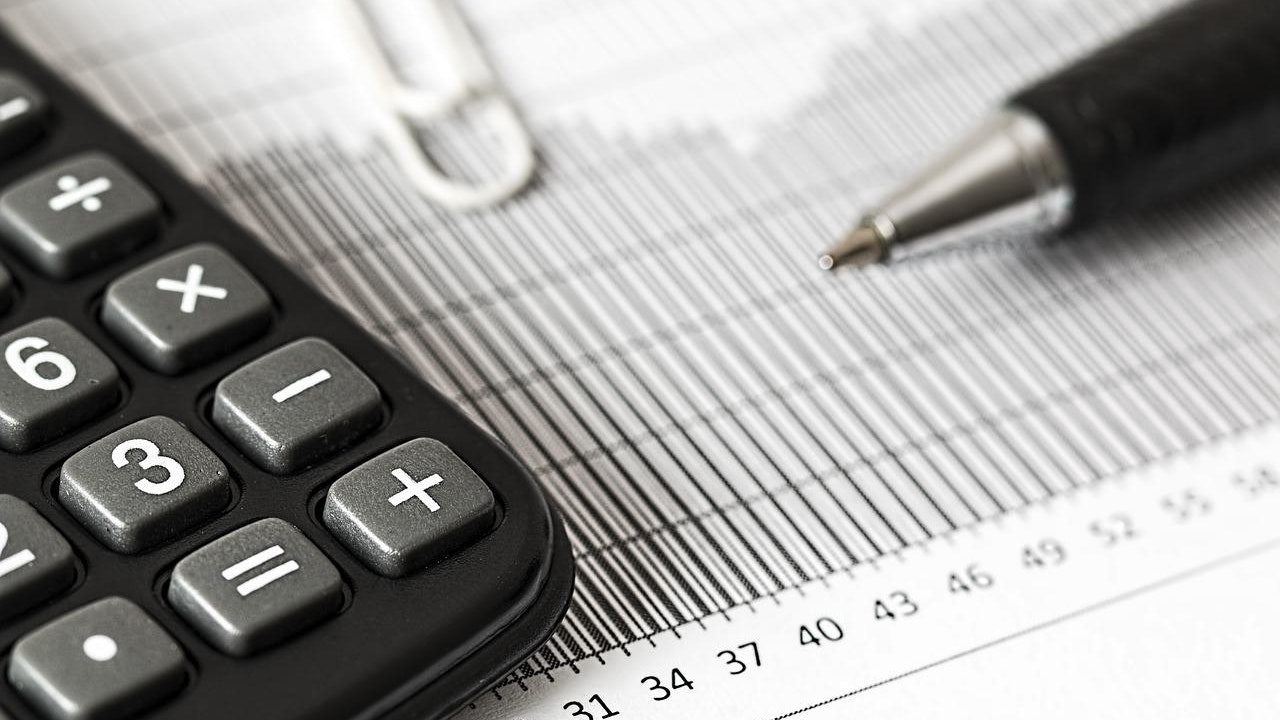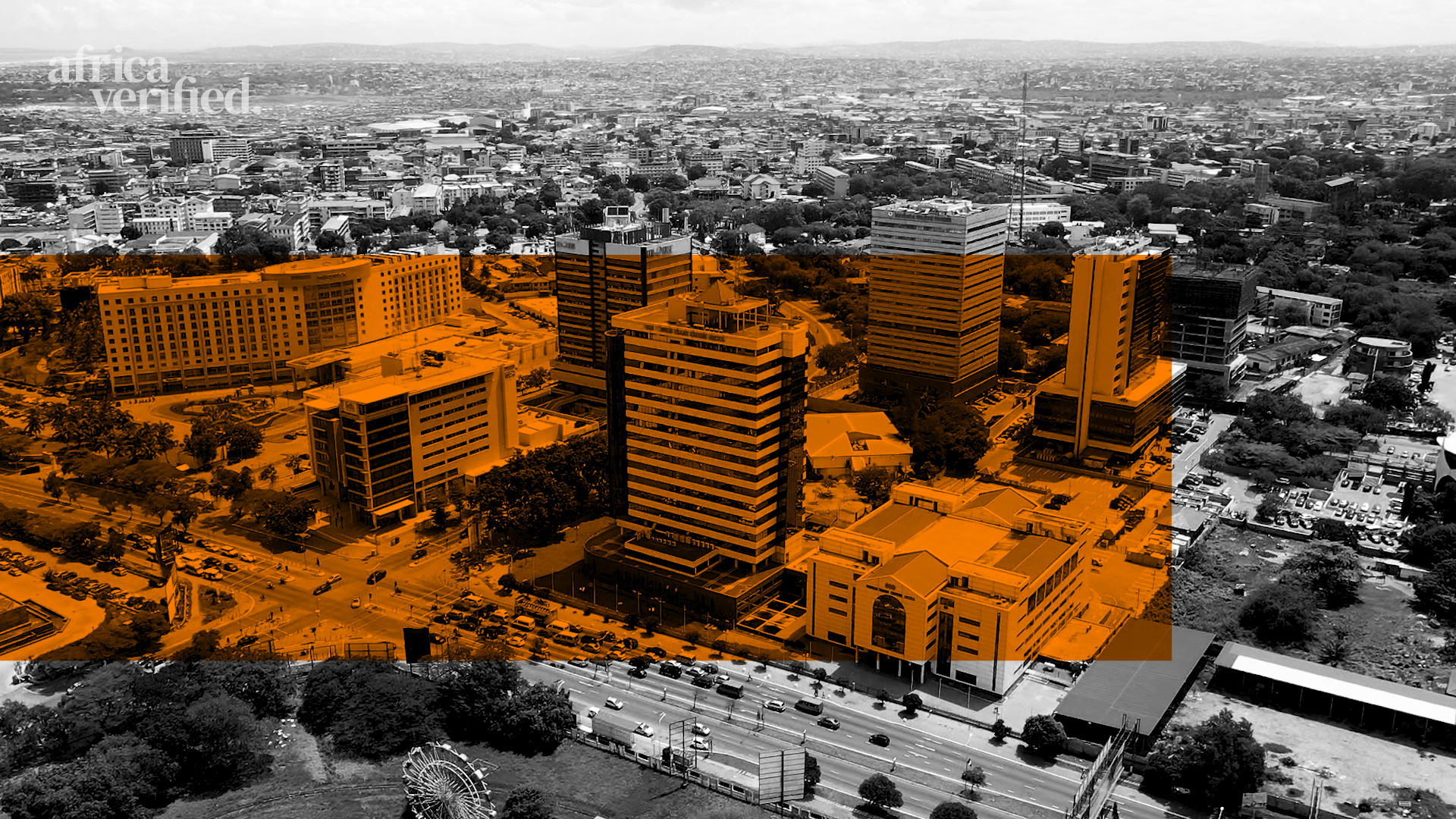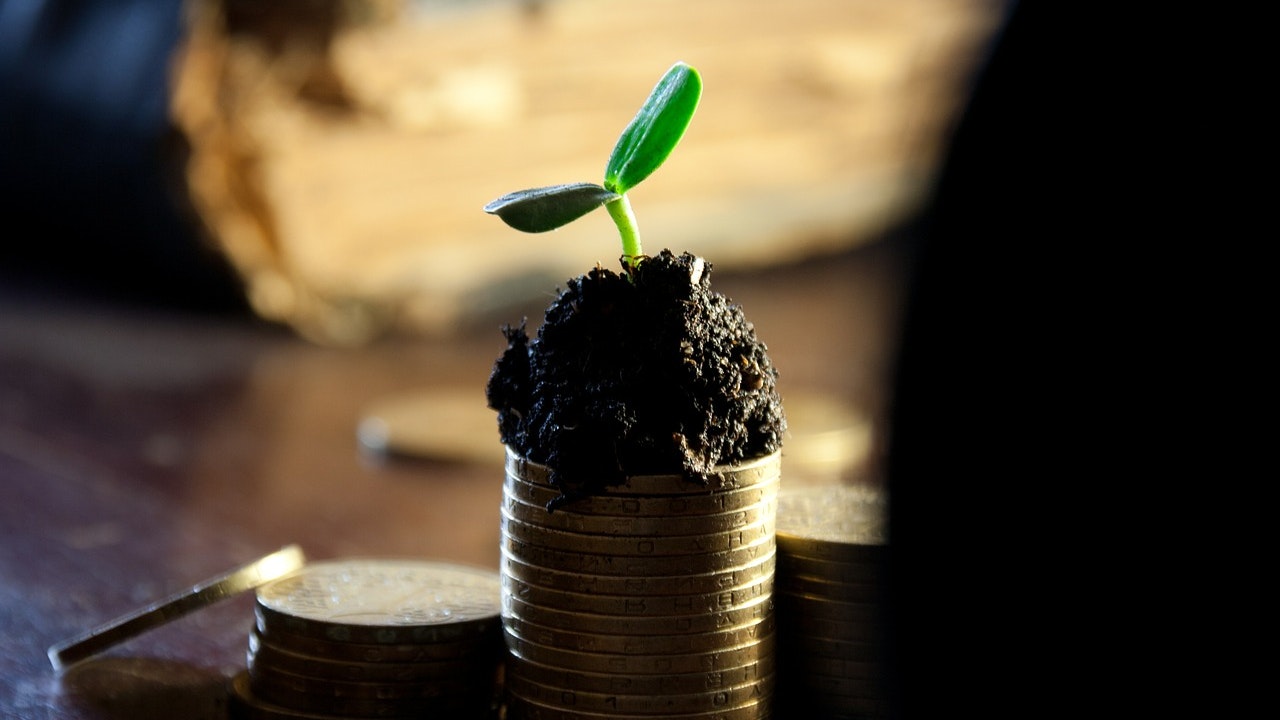
Around 57% of the population of Africa, approximately 95 million people, do not have a traditional bank account.
For many, this means not being able to send money, save money or access loans; it also means having to navigate the risks associated with handling cash – the unbanked are more vulnerable to being victims of crime.
The potential answer? Microfinancing, a type of banking that provides financial services to low-income individuals or groups of people who would otherwise have no access to finance.
This relatively new, digital based banking system has been hailed by advocates as an effective poverty alleviation and human development tool.
Financial inclusion is seen by many as a viable, vital lifeline to enable Africans to access basic banking benefits and gain autonomy over their finances.
Schemes including microfinance loans and mobile money payments are gaining traction and support as a more agile, fit for purpose way to help this invisible generation of potential banking customers.
These new systems mean that people and businesses can freely access useful and affordable financial products and services that meet their needs – transactions, payments, savings, credit, and insurance – all delivered in a responsible and sustainable way.
The most common microfinance tool is microcredit, which extends small loans (between $50–$1,500), often without collateral, to developing communities.
As well as a financial service, it can also be used to empower entrepreneurs and small businesses directly, helping members of the community become more financially independent.
Mobile financial services and fintech solutions are particularly promising in Africa where financial inclusion is only 43% (whereas mobile phone penetration is almost 90%).
Many microfinance organisations are essentially hybrids; working to increase financial inclusion and decrease poverty while maintaining financially sustainable goals.
In Tanzania, women from disadvantaged backgrounds can access microcurrency loans to develop their businesses and contribute to their family’s income. And in Senegal, former street children (known as Talibés) are using microfinancing to help them secure a more stable future through small-scale entrepreneurship.
Microfinancing has also been responsible for generating nonfinancial benefits, such as health, food security, nutrition, education, women’s empowerment, housing, job creation and social cohesion.
Microfinance organisations constantly need to weigh the benefit they wish to generate for society against their financial returns. However, there have been concerns raised about some organisations exploiting vulnerable people.
In Nigeria, locals say banks take advantage of people’s desperation and the lack of literacy among many of the women working in the market by inserting hidden charges like additional interest and unexplained miscellaneous fees, shooting the interest rate beyond 20%.
Still, despite the loan arrangements, the institution serves as one of the only economic lifelines for many Nigerians. It provides much-needed cash without the complicated bureaucratic process of conventional banks and their demands for collateral.
Digital mobile banking and microfinancing app M-Pesa is ubiquitous in Kenya, with over 28.3 million active users – in an adult population of 30.3 million – and 248,000 agents.
In a single year, more than $200 billion of transactions flowed through Kenya’s M-Pesa app, equivalent to over 2x GDP.
M-Pesa’s impact on the Kenyan economy has been significant. One study estimates that M-Pesa has increased per capita consumption levels and lifted 2% of Kenyan households out of poverty. By increasing financial resilience and savings and creating greater occupational choice.
Policymakers, fintech, and edtech entrepreneurs are pledging to take these implications into account to aid microfinance organisations in utilising mobile technology to increase both their financial strength and social outreach intensity.
One can pay for a meal in a five-star hotel using M-Pesa and also pay for a cup of tea in a roadside kiosk using M-Pesa as well’
Professor Njunguna Ndung’u, the Governor of the Central Bank of Kenya
Microfinancing and mobile money apps are now seen as essential to bridge the formal/informal divide across all markets, giving more Africans control of their financial future.
